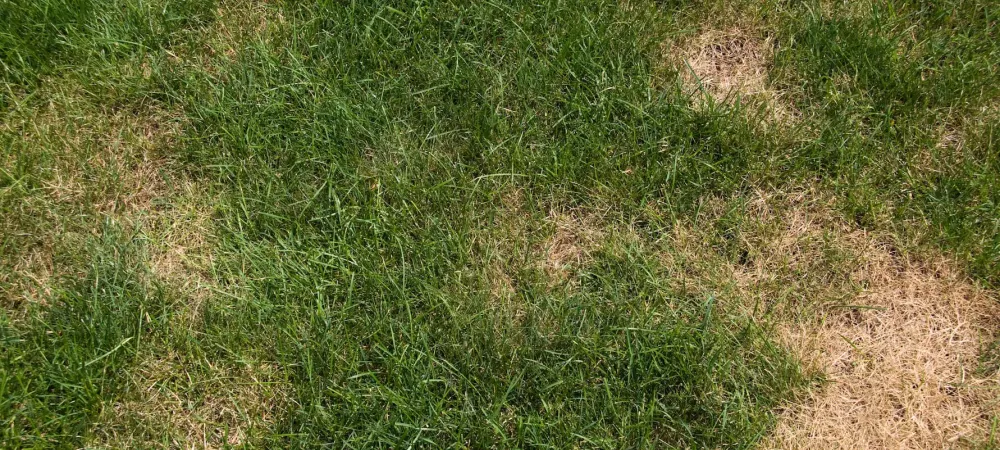From Brown to Beautiful: A Comprehensive Guide to Revitalizing Your Lawn

A lush, green lawn is the envy of any neighborhood, but brown patches can quickly mar its beauty and indicate underlying issues. This comprehensive guide goes beyond quick fixes, offering a deep dive into the causes of brown patches and providing tailored solutions to revitalize your lawn.
Understanding Brown Patches: More Than Meets the Eye
Brown patches are not merely an aesthetic problem; they often signal distress in your lawn's ecosystem. While several factors can contribute to their formation, the most common culprit is a fungal disease aptly named brown patch. This fungus thrives in warm, humid conditions, particularly in late summer and early fall.
Beyond the Fungus: Identifying Other Culprits
- Shade: Insufficient sunlight weakens grass, making it susceptible to disease and browning.
- Overwatering: Soggy soil suffocates roots and creates a prime environment for fungal growth.
- Underwatering: Parched grass turns brown and becomes vulnerable to stress and disease.
- Improper Fertilization: Too much or too little fertilizer can disrupt the delicate balance of nutrients, causing brown patches.
- Compacted Soil: Dense soil restricts root growth and hinders water absorption.
- Pests: Grubs and other insects can damage roots, leading to brown patches.
- Pet Urine: The high nitrogen content in pet urine can "burn" grass, creating unsightly spots.
Tailored Solutions for a Thriving Lawn
- Sunlight Management: Prune trees or shrubs to increase sunlight exposure. Consider planting shade-tolerant grass varieties in persistently shaded areas.
- Watering Wisely: Water deeply but infrequently, allowing the soil to dry out between waterings. Adjust your schedule based on rainfall and temperature.
- Fertilization Fundamentals: Conduct a soil test to determine nutrient deficiencies and apply a balanced fertilizer according to the results.
- Aeration Advantage: Aerate your lawn annually to alleviate soil compaction and improve drainage.
- Soil Enrichment: Incorporate organic matter like compost or aged manure to improve soil structure, fertility, and moisture retention.
- Disease Management: If brown patch is the culprit, apply a fungicide labeled for the disease. Follow instructions carefully and consider preventive applications in the future.
- Pest Control: If grubs or other insects are causing damage, apply an appropriate insecticide.
- Pet-Friendly Practices: Train pets to urinate in designated areas or flush the affected area with water immediately after they relieve themselves.
Additional Tips for a Healthy Lawn
- Proper Mowing Technique and Timing: Mow your lawn regularly, but don't cut it too short. Maintain a grass height of 2.5 to 3 inches to promote deeper roots and shade out weeds.
- Weed Control: Control weeds promptly to prevent them from competing with your grass for resources.
- Regular Inspection: Monitor your lawn for signs of stress or disease. Early detection allows for timely intervention.
By understanding the root causes of brown patches and implementing these tailored solutions, you can transform your lawn from a patchy eyesore into a vibrant oasis. Remember, a healthy lawn is an ongoing process that requires consistent care and attention. With dedication and the right knowledge, you can achieve a lush, green lawn that will be the envy of the neighborhood.
Save Time This Spring - Call the Experts at ALM
If you don’t have the time or knowledge to properly care for your lawn, it might be a good idea to get help from professional lawn care services that can assess and treat your brown patches. Here at ALM, our technicians have the knowledge to get your lawn back up and running in no time!
